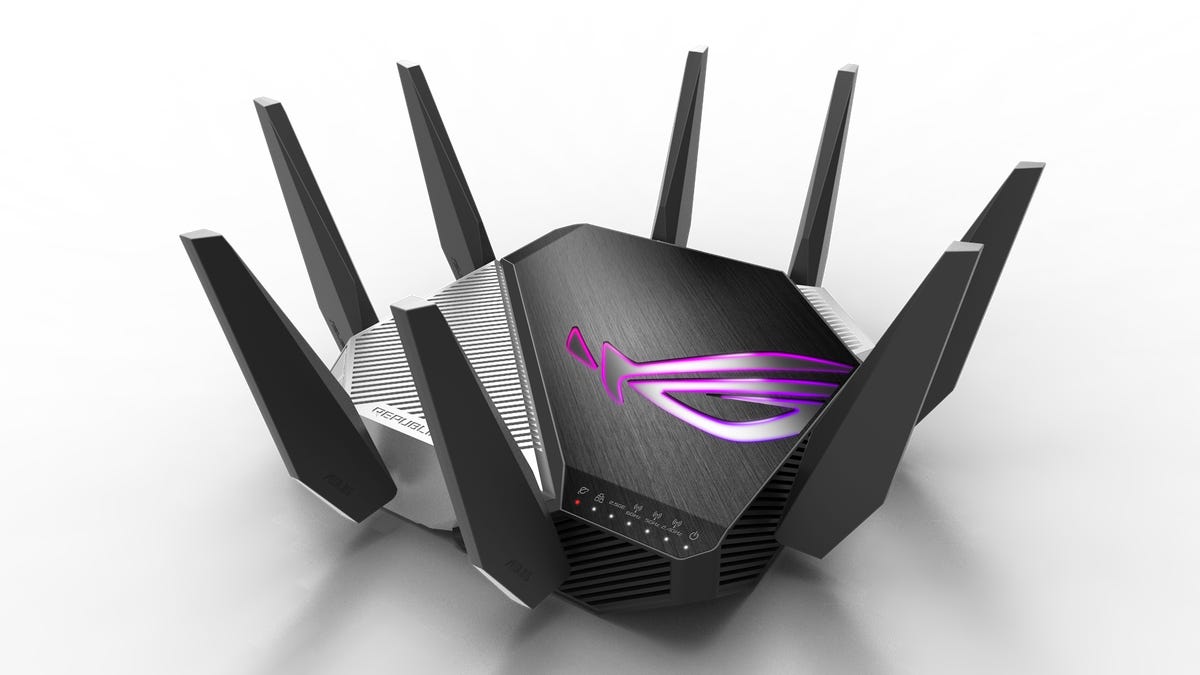Broadband use surged more than 30% during pandemic, industry group says
Maybe it's time to buy a mesh router or pay for better upload speeds.

If your home struggled to keep up with videoconferences during the pandemic maybe it's time for new home network gear like this Asus Wi-Fi router.
Broadband use surged 30% to 40% during the COVID-19 pandemic in the US, and even reached 60% in some areas, an industry group has concluded. Although the internet shouldered the load without much problem, you might consider upgrading your own network equipment to avoid issues.
The broadband use increase began as people started working from home in March 2020, when authorities began issuing orders to stay home to slow the COVID-19 spread. The change also meant many more of us relied on our internet connections for entertainment like streaming video and social activity like videoconference weddings.
The Broadband Internet Technical Advisory Group released data this week that it gathered from internet service providers, broadband analytics firms, and networking companies that help deliver data. We all consumed more downstream data -- the flow from the internet to the home -- but upstream use grew faster. That's an important consideration given that most cable and DSL services offer much higher downstream capacity.
All those videoconferences for work meetings and online schooling likely were involved in the upstream data traffic. "Some networks saw more than 300% increase in the amount of videoconferencing traffic from February to October 2020," the report said.
Though the internet itself held up well overall, there are problems. "Rural and low-income households have struggled" with broadband access to online services, the report said, and some households suffered with older equipment that couldn't handle heavy traffic or the increase in networked devices in the home.
Videoconference traffic surged when covid-10 stay-at-home orders arrived in March 2020, as shown in these figures from one internet service provider.
If you're having problems at home, you should consider an Ethernet cable connection to your network router, upgrading to a mesh network with multiple network access points, upgrading your PC or phone, or paying for a faster internet connection if it's available.
"It is apparent that performance issues inside of home networks related to inadequate customer supplied user devices and Wi-Fi have become real problems," the report said.

